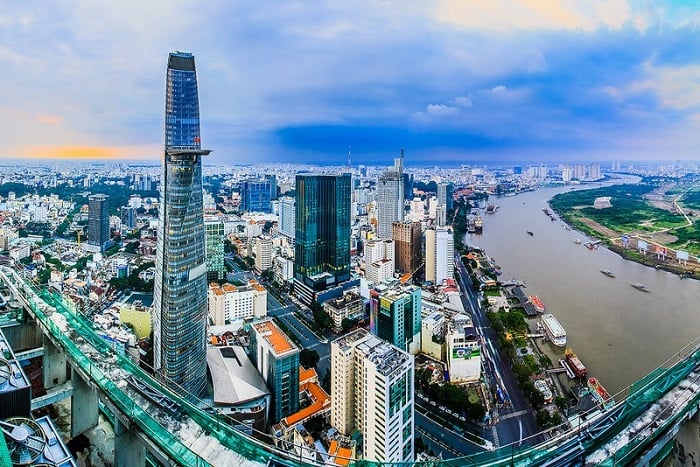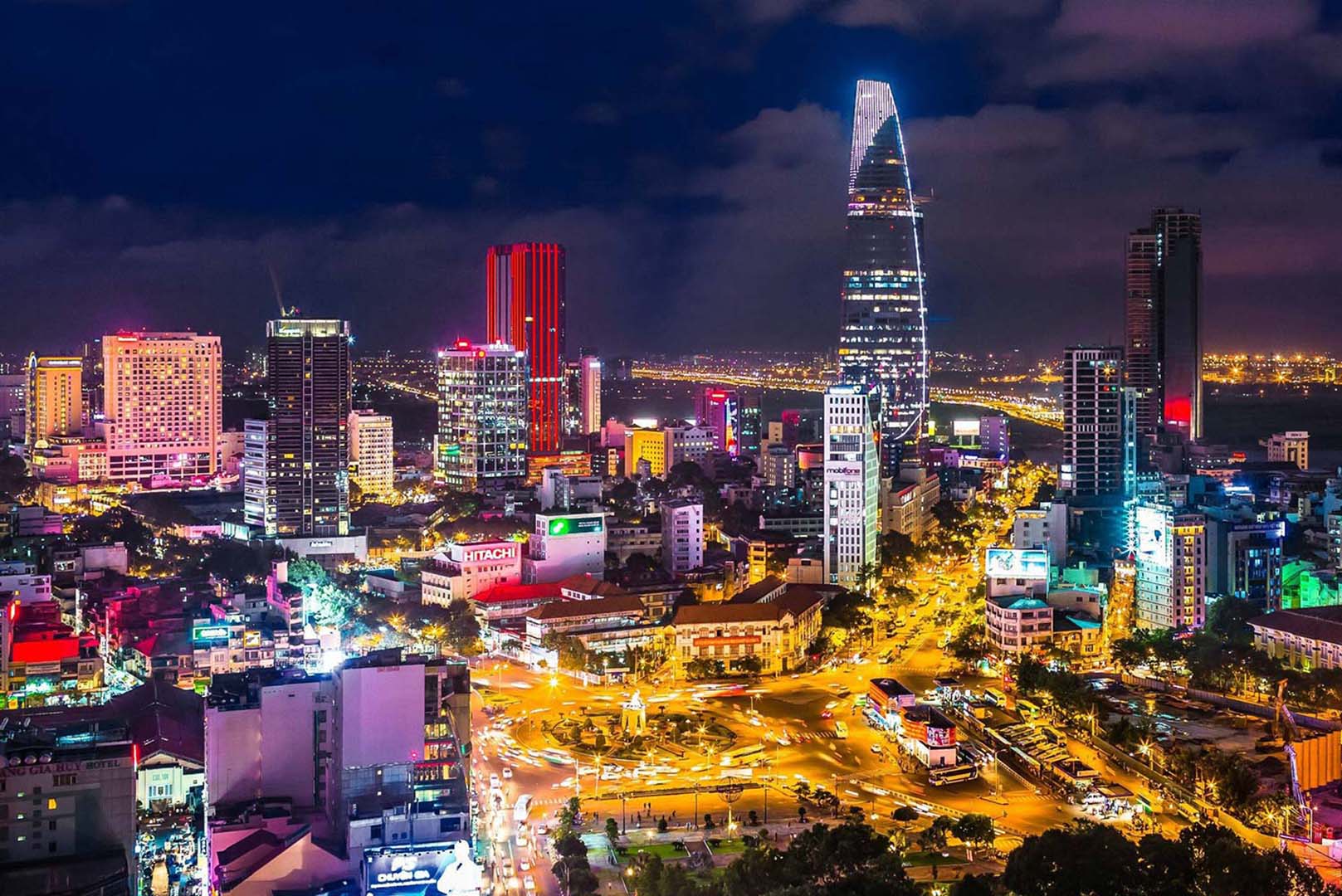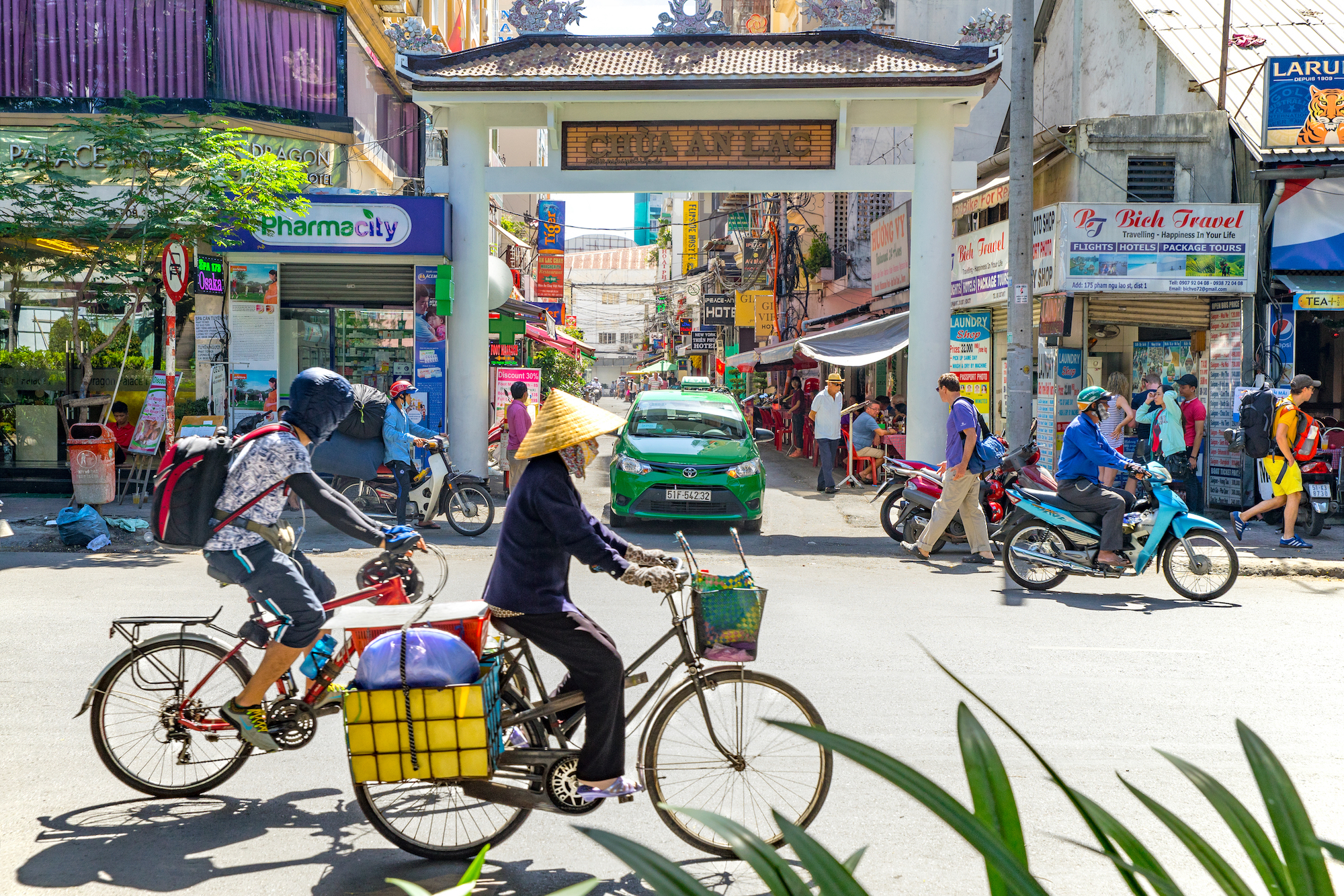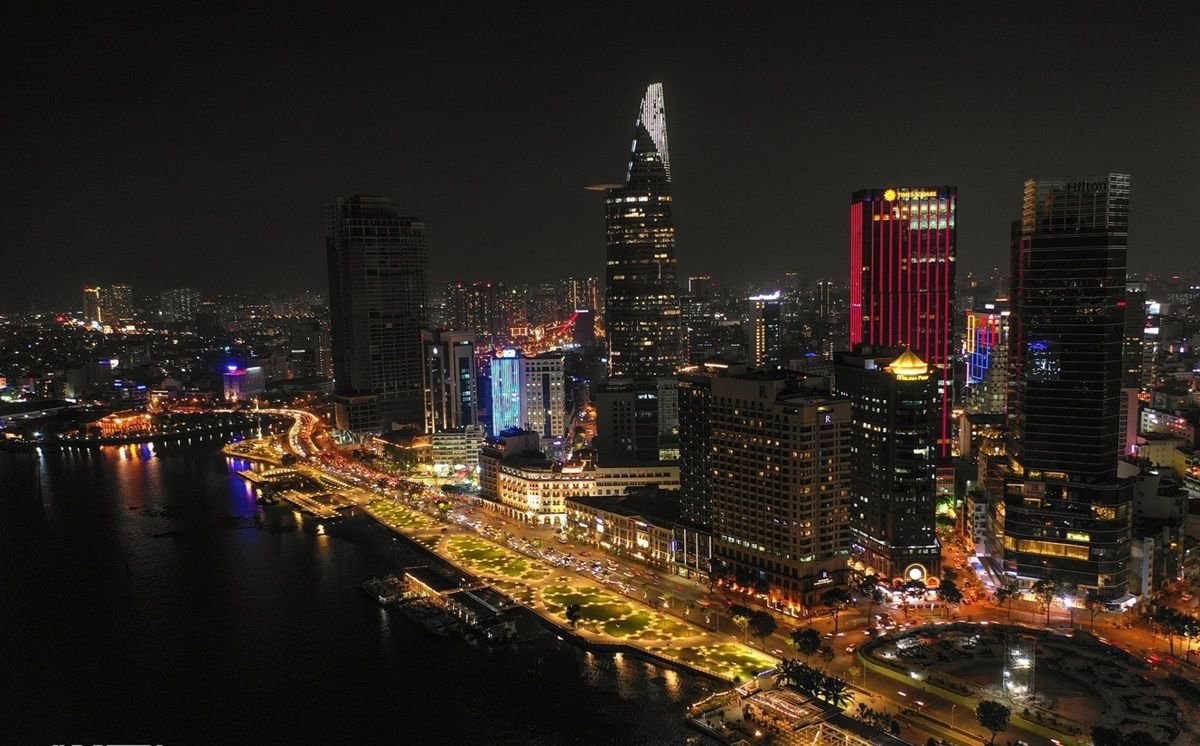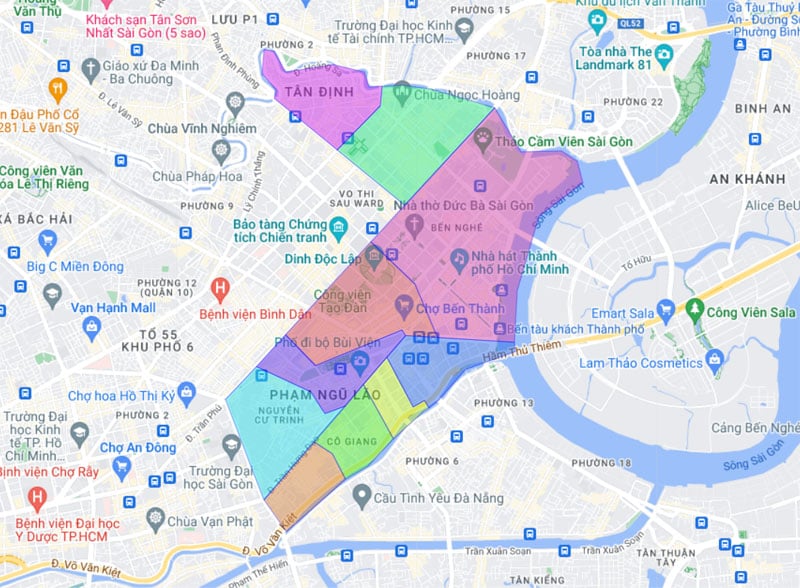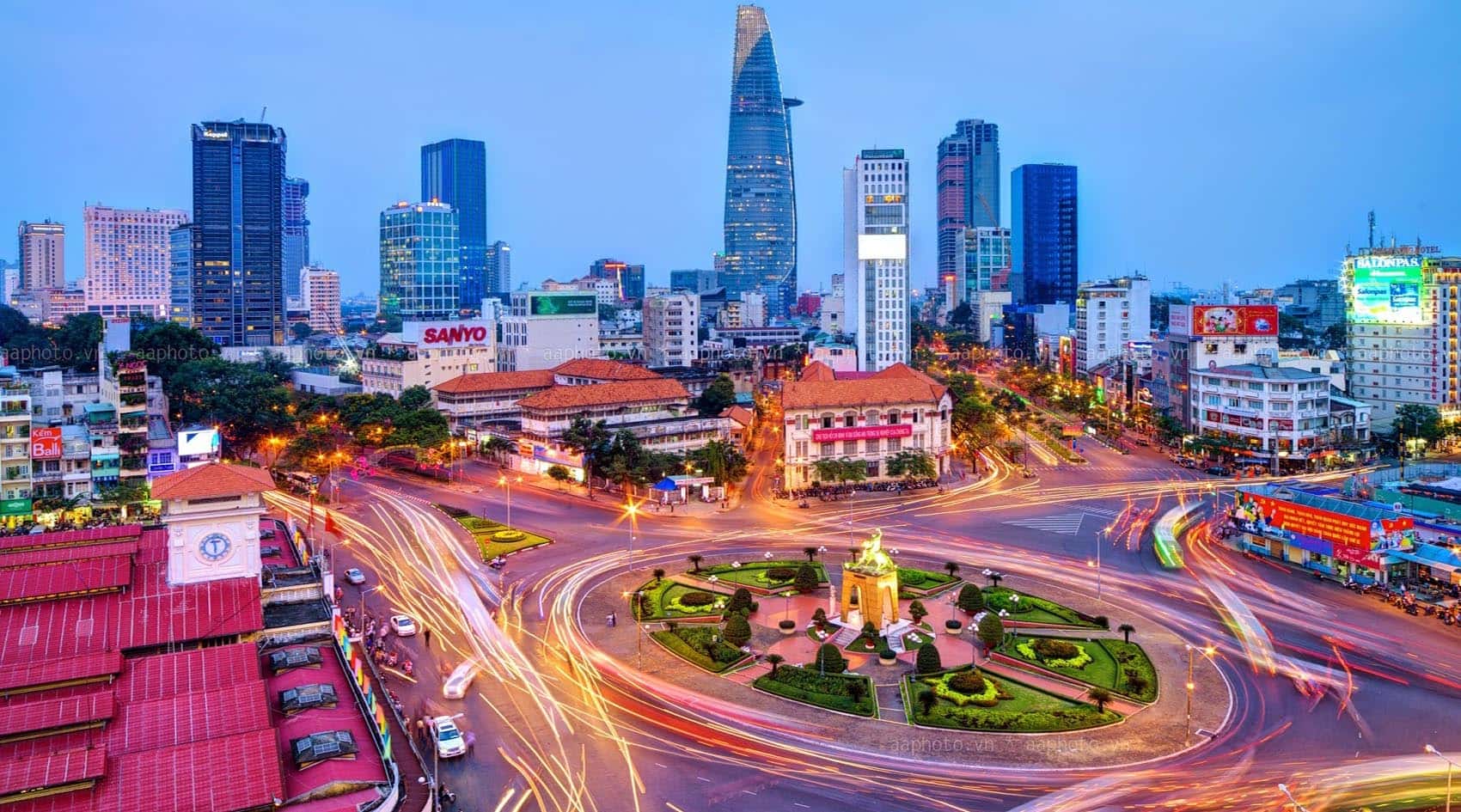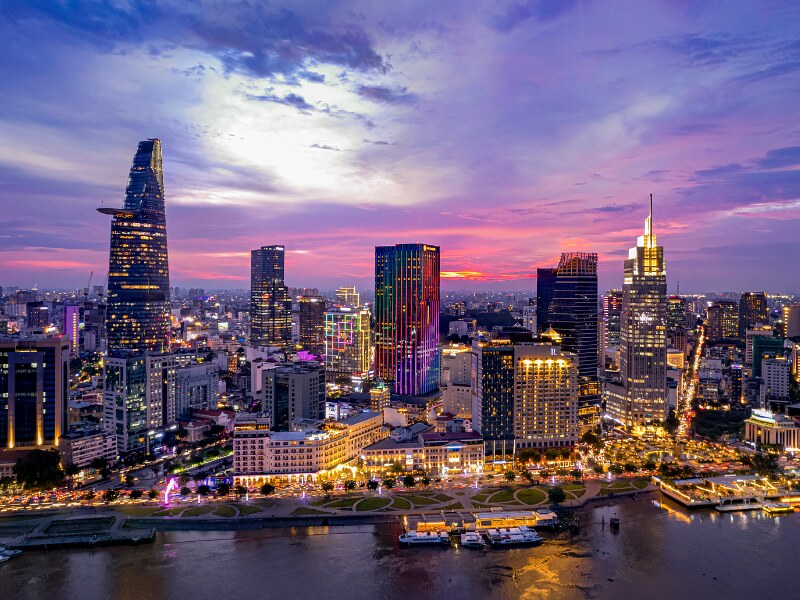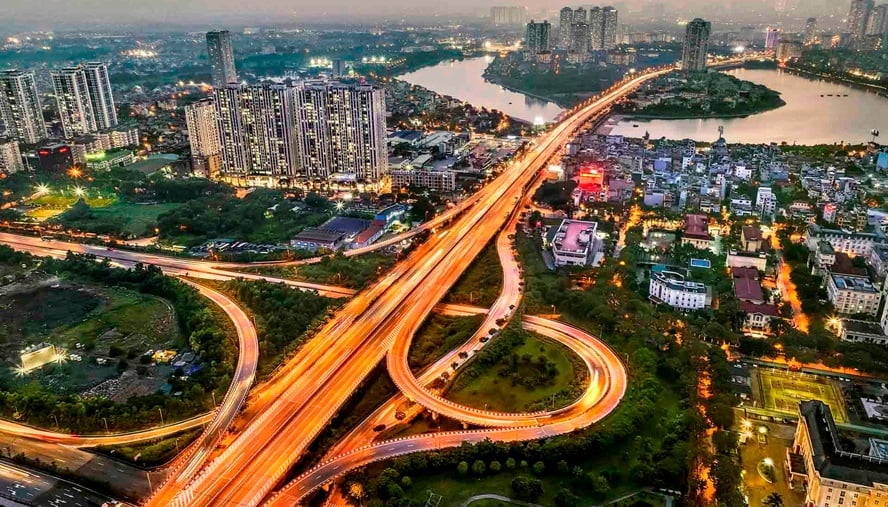Ho Chi Minh City Population 2024
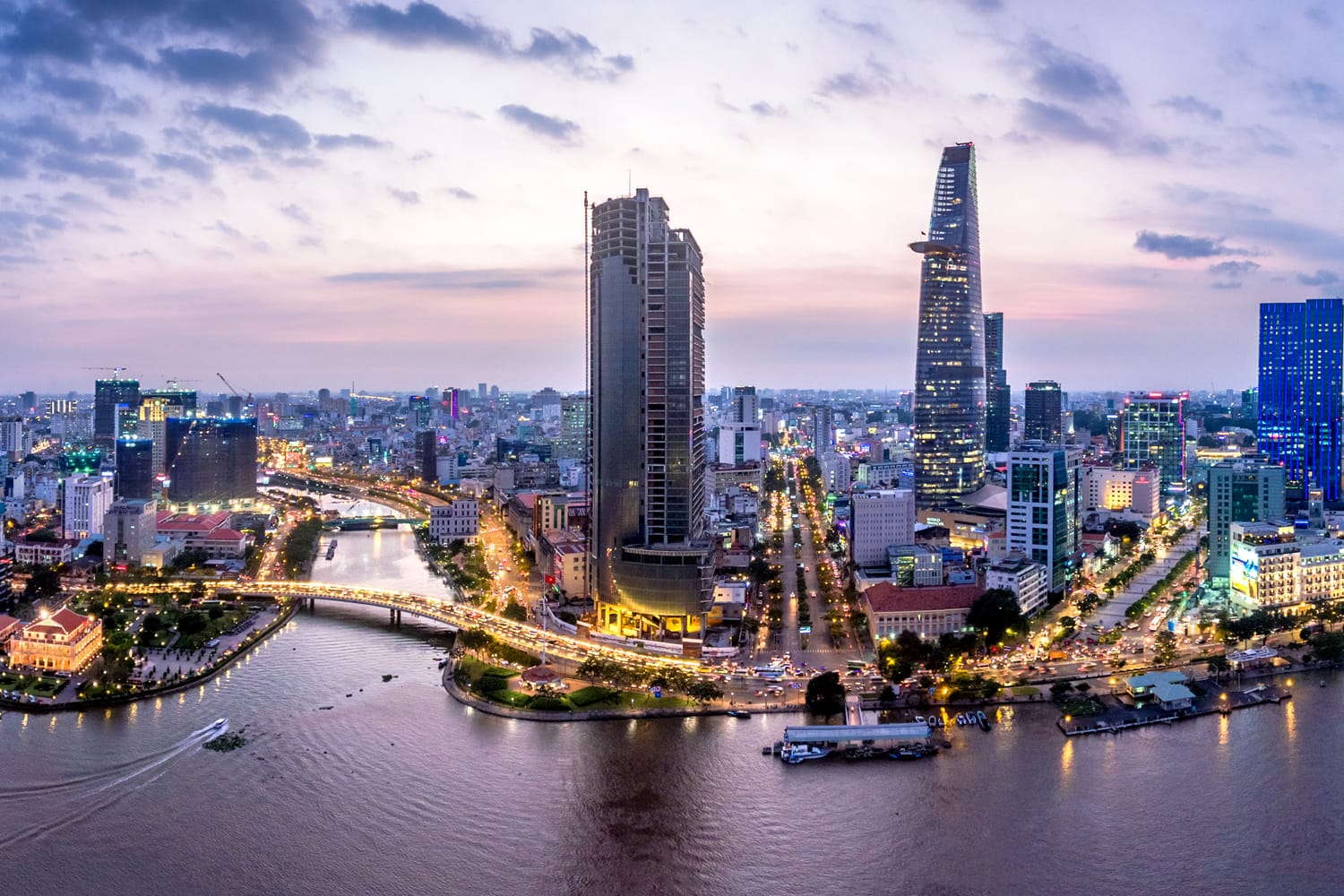
Ho Chi Minh City, Vietnam’s bustling economic hub, continues to experience dynamic population shifts. Recent estimates for 2024 reveal both growth and evolving demographic patterns that are reshaping the city's urban landscape. Understanding these changes is crucial for urban planning, resource allocation, and addressing the evolving needs of its diverse population.
At the heart of this story lies the continuous growth of Ho Chi Minh City's population and its broader implications. This article examines the latest population figures, explores the factors driving these trends, and analyzes their potential impact on the city’s infrastructure, economy, and social fabric. Furthermore, it will touch upon the challenges and opportunities that arise from managing a rapidly expanding urban center, including housing, employment, and public services.
Latest Population Estimates and Key Demographics
While official census data provides definitive figures, current estimates for 2024 place Ho Chi Minh City's population at approximately 9.3 to 9.5 million residents. This figure reflects both registered residents and a significant number of unregistered migrants contributing to the city's economic activity. Population density remains high, particularly in central districts, posing challenges for urban development and resource management.
Demographic analysis reveals a relatively young population with a substantial working-age segment. This provides a strong foundation for economic growth, but also necessitates investment in education, skills training, and employment opportunities. The city's diverse population includes significant ethnic minority groups, contributing to its rich cultural tapestry but also requiring targeted social support and inclusive policies.
The *Ho Chi Minh City Statistics Office* is expected to release updated official figures in late 2024 or early 2025. These figures will provide a more precise picture of the city’s population size and demographic composition. Until then, various research institutions and international organizations offer estimates based on statistical modeling and available data.
Factors Driving Population Growth
Economic opportunities are a primary driver of migration to Ho Chi Minh City. The city’s vibrant industrial sector, burgeoning service industries, and concentration of educational institutions attract individuals from across Vietnam seeking employment and advancement. Rural-to-urban migration remains a significant contributor to population growth, as people seek better livelihoods and access to services.
Urban expansion and improved infrastructure also play a role. New residential developments, enhanced transportation networks, and access to modern amenities make the city more attractive to both internal and external migrants. Furthermore, natural population increase, while not as significant as migration, contributes to the overall growth rate.
However, this rapid growth is not without its challenges. Strains on infrastructure, increased competition for jobs, and rising housing costs can create difficulties for both long-term residents and newcomers alike.
Impact on Infrastructure and Services
Ho Chi Minh City's rapid population growth places significant pressure on its existing infrastructure. Transportation networks, including roads, public transport, and waterways, are often congested, leading to delays and environmental concerns. Water supply, waste management, and sanitation systems face increasing demands, requiring continuous upgrades and expansion.
Access to affordable housing is a major concern, particularly for low-income residents and migrants. The demand for housing often outstrips supply, leading to overcrowding, informal settlements, and rising rental costs. Investment in social housing and affordable housing initiatives is crucial to addressing this challenge.
"Managing population growth effectively requires a holistic approach that integrates urban planning, economic development, and social policies," says *Dr. Nguyen Thi Mai*, a professor of urban studies at the University of Social Sciences and Humanities. "Sustainable development is only possible when we prioritize the well-being of all residents and ensure equitable access to resources and opportunities."
Economic and Social Implications
The growing population presents both opportunities and challenges for the city's economy. A large and dynamic workforce can drive economic growth, attract foreign investment, and foster innovation. However, this also requires investment in education, skills training, and job creation to ensure that all residents can benefit from economic progress.
Socially, the increasing diversity of the population brings cultural richness and new perspectives. However, it also requires efforts to promote social cohesion, intercultural understanding, and inclusive policies that address the needs of all communities. Access to healthcare, education, and social services must be expanded to meet the growing demand and ensure equitable access for all residents.
Healthcare faces resource limitations, particularly within the public healthcare system. The need to provide preventative and curative care to the growing population necessitates the expansion of hospitals and community healthcare centers.
The Human Angle
For Mrs. Tran Thi Lan, a migrant worker from a rural province, Ho Chi Minh City represents a chance for a better life. She came to the city five years ago seeking employment and hopes to provide a brighter future for her children. However, she also faces challenges, including high living costs and separation from her family.
Her story reflects the aspirations and struggles of countless individuals who have migrated to Ho Chi Minh City in search of opportunity. Understanding their experiences is crucial for developing policies and programs that support their integration and well-being.
Conclusion
Ho Chi Minh City's population growth presents both significant opportunities and complex challenges. By understanding the drivers of population change and their impacts on infrastructure, the economy, and society, policymakers can develop effective strategies for sustainable urban development. Addressing issues such as affordable housing, infrastructure development, social inclusion, and environmental sustainability is crucial for ensuring that the city remains a vibrant and livable place for all its residents. As Ho Chi Minh City moves forward, managing its growing population effectively will be essential for achieving its long-term goals and realizing its full potential as a leading economic and cultural hub in Southeast Asia.
/ho-chi-minh-city-in-vietnam-at-night-524711494-ac666e60b3af49148e5b5936ea3ec7cc.jpg)

